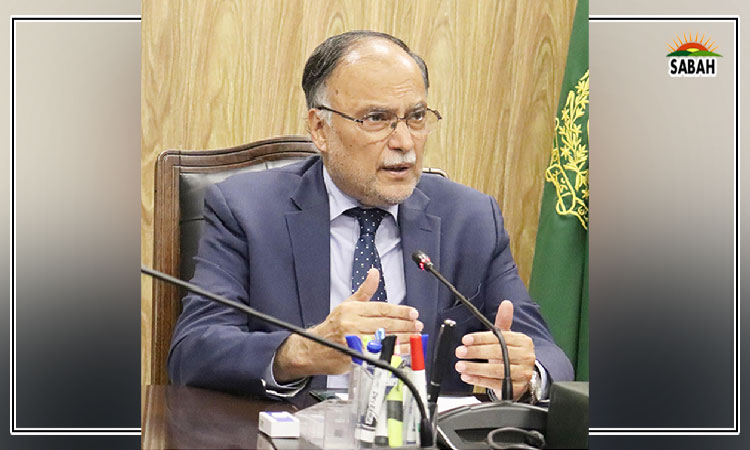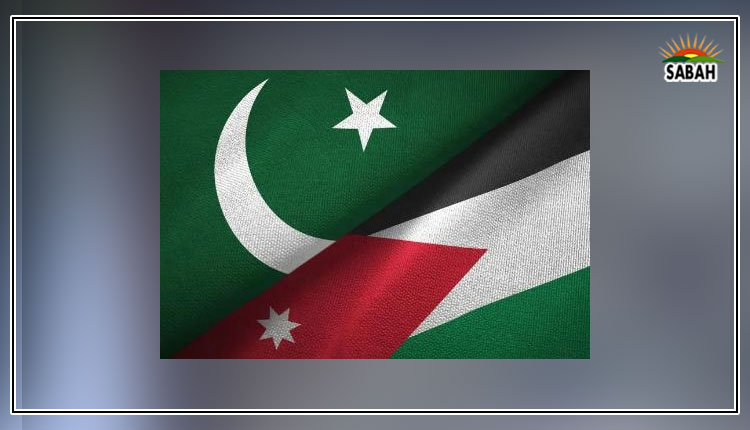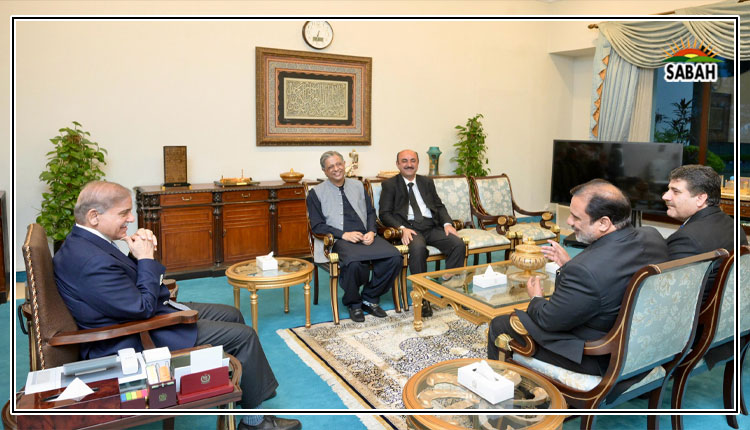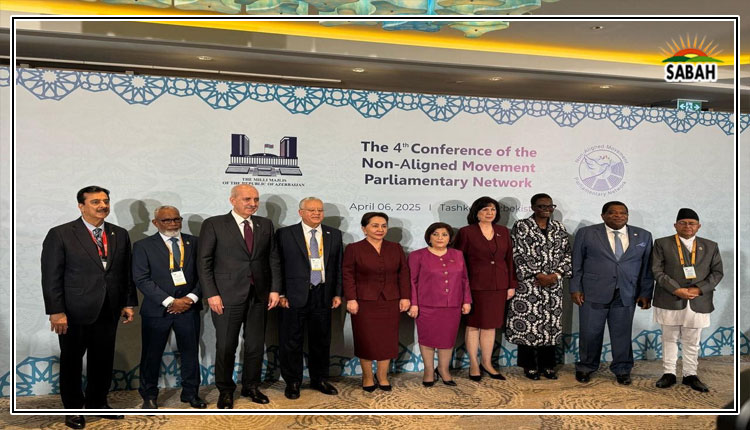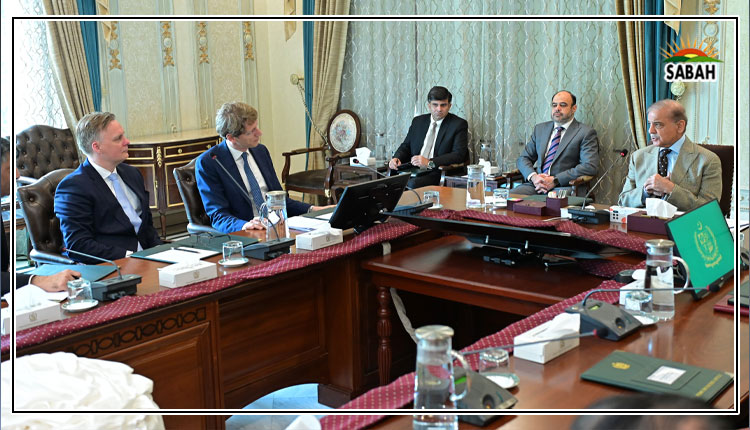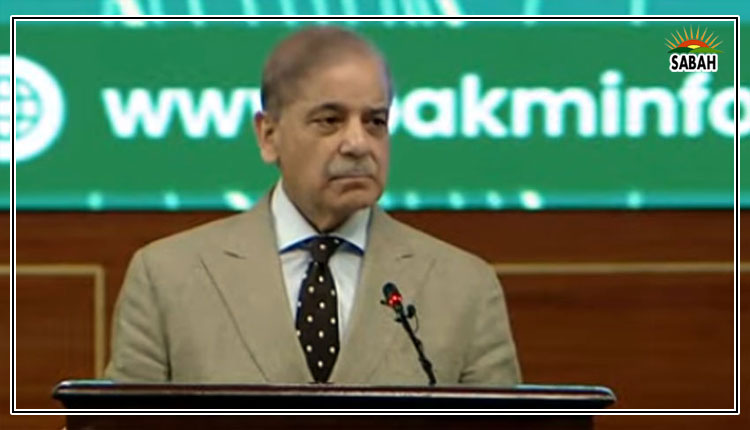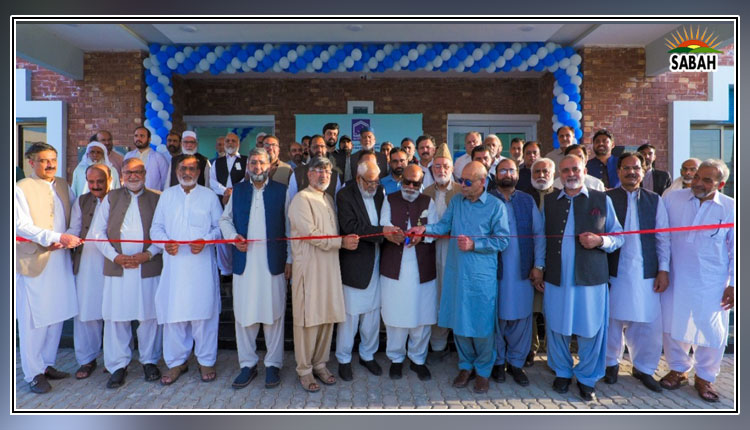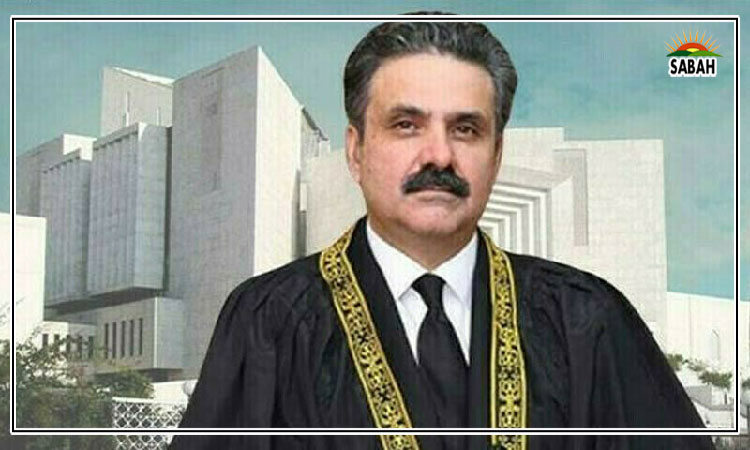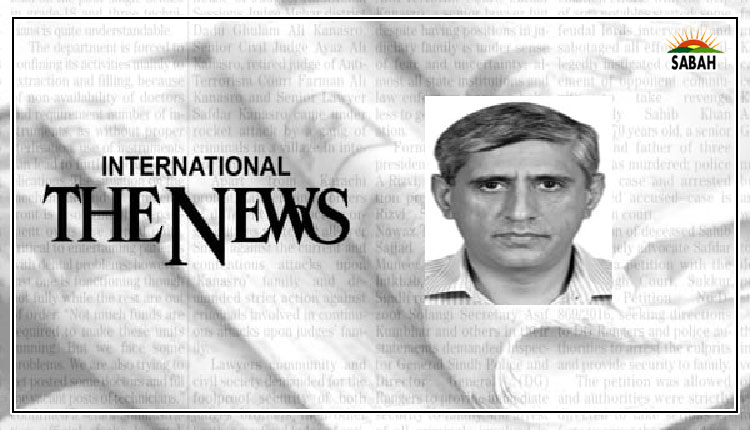Abandoned Kashmir ….Raashid Wali Janjua
The Jammu and Kashmir region was already under the illegal occupation of India when on August 5, 2019 it was stripped of its autonomy granted under Article 370 of the Indian constitution. The illegally occupied state of Jammu and Kashmir is a disputed territory according to the UN. Two resolutions have been passed in this regard. The UN Security Council Resolution 39 called for a ceasefire and establishment of a UN commission to resolve the conflict, and Resolution 47 laid down the modalities for a plebiscite to decide the status of the state.
India which initially took the issue to the UN baulked at the prospects of a fair plebiscite and kept dragging its feet till 1951 on one devious pretext or the other.
In 1951 the UN Security Council passed Resolution 91 that cleared the mist surrounding Indian objections to the demilitarization issues and urged both countries to take steps to demilitarize in order to create a peaceful environment for the plebiscite. The resolution put an end to Indias delaying tactics and gave a clear direction for demilitarization as per an agreed schedule to conduct the required plebiscite in the state. By 1951, however, India had convinced the late Sheikh Abdullah to accept limited autonomy for the already occupied state through Article 370.
Over the years, Indians kept chipping away at the limited autonomy of Kashmiris and kept testing their patience. The situation got worse in the wake of the 1987 rigged elections, resulting in the famous Kashmiri Intifada in 1989. The 1990s witnessed how a full-blown indigenous Kashmiri struggle for independence was met with draconian tactics, resulting in the deaths of over 100,000 Kashmiris since 1989. Indian repression reached its peak in 2015 when a coalition government comprising the Peoples Democratic Party (PDP) and the BJP was sworn in, and the latter started pushing its nefarious agenda of the annexation of Kashmir. A reign of terror was unleashed to quell protests in the wake of the brutal murder of Kashmiri leader Burhan Wani in 2016.
Draconian laws like the Public Safety Act, Armed Forces Special Powers Act and Unlawful Activities (Prevention) Act (UAPA) were imposed brutally, resulting in the killing of 85 Kashmiris. The BJP ultimately pulled out from the coalition, leading to the collapse of the PDP government and the imposition of Governors rule in 2018, which paved the way for the ultimate injustice on August 5, 2019 when the Indian parliament illegally revoked Article 370 through the Jammu and Kashmir Reorganization Act dividing the state of Jammu and Kashmir in two union territories: Ladakh and Jammu and Kashmir, with a legislative assembly only with Jammu and Kashmir.
This was based on the assumption that Ladakh was already in the Indian pocket whereas the Muslim-majority Jammu and Kashmir region needed demographic alteration to put a permanent legal stamp on the illegal annexation. The move was criticized by an Indian loyalist Kashmiri leader, Farooq Abdullah, who dubbed the relegation of the status of the state to a union territory as an assault on the political rights of Kashmiris. The BJP government, fulfilling the promise of its electoral manifesto, proceeded ahead with the alteration of the demographic and political character of the State through a three-pronged strategy.
The moves first goal is to alter the demographic balance by reducing the Muslim majority through the settlement of Hindus from outside the State. Through the illegal Jammu and Kashmir Reorganization (Amendment) 2023 and the Adaptation of State Laws Bills, the definition of permanent residents has changed, allowing any outsider living in Occupied Kashmir for 15 years and any student studying there for seven years to acquire the states domicile certificate. Over four million illegal domicile certificates have been issued to non-Kashmiri settlers since 2019 as a consequence.
The gerrymandering of electoral constituencies is being done blatantly to increase seats for Hindus in the Jammu and Kashmir Legislative Assembly apparently to ensure that a Hindu chief minister is selected in the region a move which is likely to validate and accelerate the marginalization of the Muslim community in the state. The latest example of unfair additions to the J&K state assembly seats is that the Kashmir Valley with a population of 6.8 million has been given one additional seat whereas Jammu with a population of 5.3 million has been given six seats.
At the constituency level, new Hindu-majority constituencies like Kishtwar with a population of 57,279 are being created whereas Muslim majority areas like Surankote with a population of 180,000 are not being given constituency status. Over 2 million non-Kashmiris have already been included in voter lists in what seems like an attempt to rig the elections. Also, former CM Mehbooba Mufti has criticized the state for allocating land to 199,550 people on the pretext of helping the homeless when according to Mufti official figures show that there are only 19,047 homeless in the entire state.
The precious state land has been put up for sale through the repeal of the Abolition of Land Estates Abolition Act, 1959, allowing the purchase of agricultural land by non-domicile holders and depriving Kashmiris of their land resources. Also, any land can now be declared a strategic area and be commandeered by the Indian Army for training and other operations.
The second objective is coercion through which 792 Kashmiris have been killed including 16 women, 15,000 incarcerated and 0.5 million put out of jobs since August 2010. A world record of the longest internet blackout has been created by keeping the region without internet for 213 weeks at a stretch incurring a loss of $5.3 billion to the local economy. All major Kashmiri leaders like Mirwaiz Farooq, Yasin Malik, Shabir Shah, Masarat Alam Butt and Asiya Andrabi are in captivity.
The third aim is legal assault through which the revocation of Article 370 is being legalized. The revocation has been challenged in the Indian Supreme Court but despite clear illegality of the act there appears to be no hope. The Constituent Assembly of Jammu and Kashmir that recommended Article 370 has been dissolved and hence the article cannot be revoked without its recommendation. India, however, is likely to use the Supreme Court to validate its illegal annexation.
The world has turned its back on Kashmiris who are left alone to deal with Indian coercion.
The writer is a security analyst and a PhD scholar. He can be reached at:rwjanj@hotmail.com
Courtesy The News


